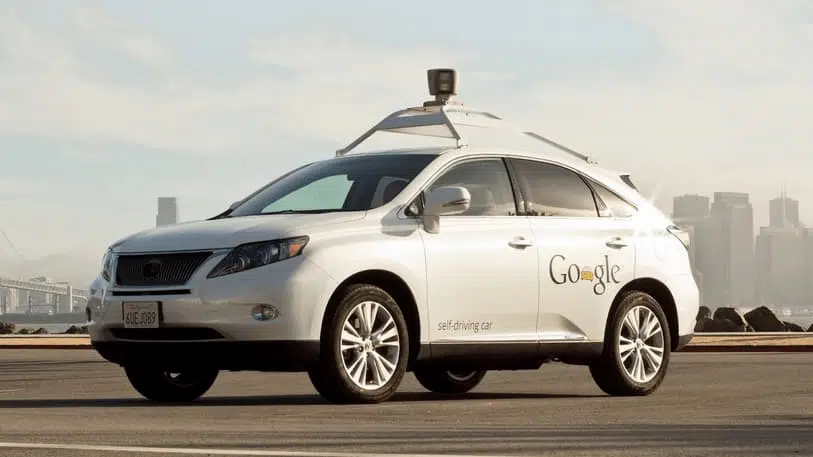
We all know that computers are here to stay. They have been slowly incorporated into our lifestyles over recent decades that we are accustomed to their existence. From using a calculator or making a phone call, right up to keeping your social networks in order, we just accept the computer as part of our lives.
But how would you feel about putting your life in a computers hands?
You must have seen a science fiction movie depicting a future where we all live in computer controlled domiciles and we get driven around by autonomous cars; maybe even a flying car. Those films could be closer that we think, the auto driving car is on it’s way.
Google have been one of the most public about their creation of a self driving car. They have been actively testing driverless cars in California for quite a few years now; so much so that the American state passed a new bill to allow the use of the cars in the public.
Generally when you think of robots driving cars you might think of humanoid robots taking to the front seat of your car, however there is a bigger picture with Google’s plans. The first prototypes of the driverless cars looked more like the Google mapping cars with camera’s mounted on the roof.
From a technical aspect, there is so much more going on than just watching for movement from the camera inputs. The human driver is constantly assessing the conditions and surroundings, we think and to an extent expect the unexpected; how can you teach a computer these skills?
The cars have been programmed to always side with caution, when in doubt never force a manoeuvre, but what happens when things go wrong.
What if something happens and the computer has to make a judgement call that could lead to another motorist loosing a life?
Whilst scary it is, something that must be taken into account, the computer must be programmed to see situations and perform a manoeuvre or evasive action that minimises the damage, harm or lose of life.
Given a hypothetical situation where the driver of a car must make a horrifying decision, crash into the big truck or mount the kerb and hit a pedestrian. The human counterpart might take their chances on the truck as it would absorb the impact whereas the pedestrian’s chances a pretty low.
Now it is the computer engineer’s job to programme that logic into the car. Assess the situation and take appropriate action.
Could your existence be calculated down to a series of one’s and zero’s? Would you be happy to know that a computer might judge you as collateral damage in a bigger potential accident?
Whilst this may all sound like pie in the sky talk and something more in relation to Asimov’s laws of robotics. It is closer than you think, the first round of Google cars should be with us within the year.
This may not be something that you feel comfortable with, but as a regular road user I look at the facts. Google cars have driven more than 700,000 miles and have not caused a single accident; tell that to the motorist on their mobile phone taking a selfie whilst changing lanes without indicating.